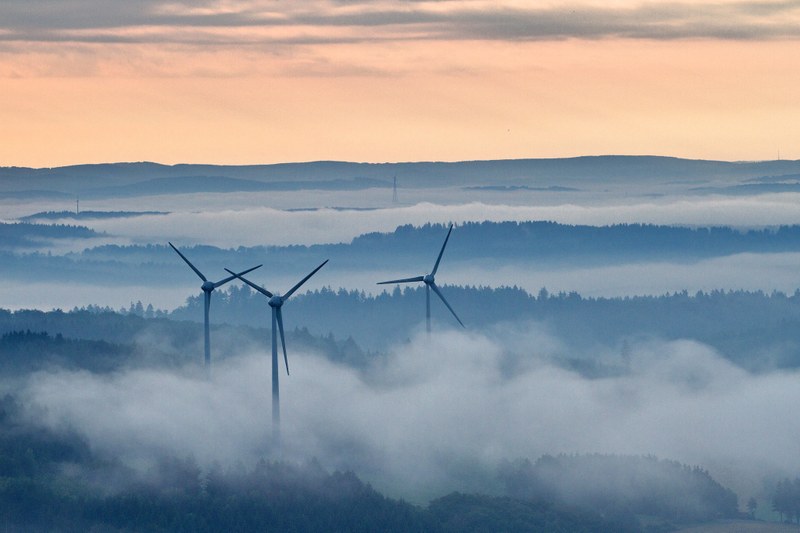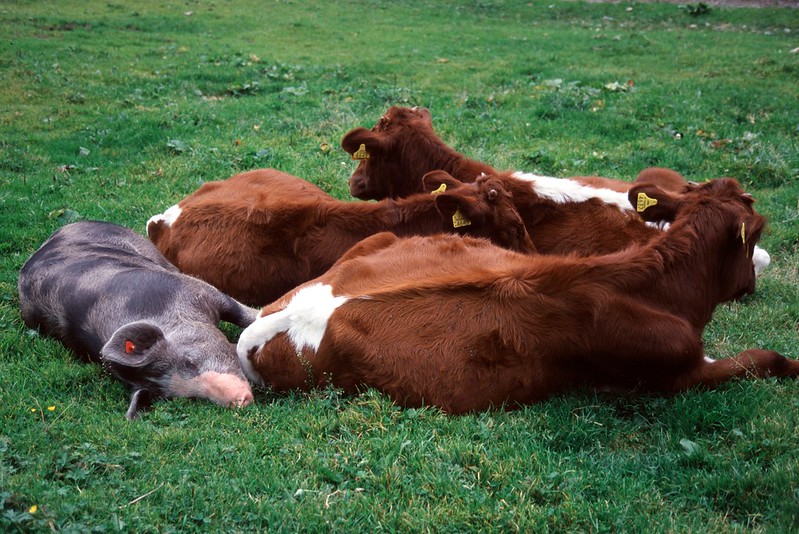All official European Union website addresses are in the europa.eu domain.
See all EU institutions and bodiesOur climate is changing because of greenhouse gases released into the atmosphere. Despite notable emission reductions over the last decades, the EU must transform production and consumption systems to achieve climate neutrality by 2050.
Mitigating climate change means reducing the flow of heat-trapping greenhouse gases into the atmosphere. This involves cutting greenhouse gases from main sources such as power plants, factories, cars, and farms. Forests, oceans, and soil also absorb and store these gases, and are an important part of the solution. Reducing and avoiding our emissions requires us to reshape everything we do — from how we power our economy and grow our food, to how we travel and live, and the products we consume. It is a problem felt locally and globally.
In the past decades, the EU took firm action against climate change, resulting in a more than 37% drop in EU emissions in 2023 compared with 1990 levels. This is mainly a result of a growing use of renewable energy and decreased use of carbon-intensive fossil fuels. Improvements in energy efficiency and structural changes in the economy also contributed to meeting these goals.
Now, more ambitious goals are set that include a net 55% or greater reduction below 1990 levels by 2030 and a climate-neutrality objective by 2050. Reaching these goals will require even higher emission cuts through transitioning from fossil fuels to clean, renewable energy. It also means halting deforestation, using land sustainably and restoring nature until we reach the point where the release of greenhouse gases into the atmosphere is balanced with the capture and storage of these gases in our forests, oceans and soil.
The EU emits 6% of global emissions and cannot act alone. Global cooperation is essential for all climate change mitigation. The United Nations Framework Convention on Climate Change (UNFCCC) and the Paris Agreement ensure cooperation across borders to tackle climate change and ensure a sustainable future.
EU greenhouse gases in numbers
6%
of global emissions
are released by the EU
37%
reduction in EU emissions achieved
in 2023 compared to 1990 levels
55%
is the EU reduction target by 2030
compared to 1990 levels

Is Europe on track towards its 2030 targets?
Total net greenhouse gas emissions in the European Union dropped by 8% last year, marking significant progress towards climate neutrality for the EU. The huge drop was led by a significant decline in coal use and growth of renewable energy sources and supported by reduced energy consumption across Europe, according to estimated figures included in the latest European Environment Agency (EEA) ‘Trends and Projections’ report. The annual EEA check-up on EU progress on its energy and climate targets stresses that EU Member States will need to sustain this rate of progress to achieve Europe’s climate and energy targets.
In 2023, EU total net greenhouse gas emissions decreased to 37% below 1990 levels according to preliminary figures in the EEA Trends and Projections report. After two years of slower progress against the backdrop of recovery from the COVID crisis and impact of the energy crisis, the EU is resuming its strong downward trajectory in emissions, moving towards climate neutrality.
Methane and its warming potential
While emissions of methane across the European Union have decreased over past years, the overall reduction in emissions needs to accelerate to meet 2030 and 2050 EU climate objectives. Increased global efforts to reduce methane emissions would also be needed to mitigate global warming in the short term.
According to the latest available official data, emissions of methane were down by 36% in the EU in 2020 compared with 1990 levels. The largest reductions in emissions occurred in energy supply, which includes energy industries and fugitive (leaked or uncaptured) emissions (-65%), waste (-37%) and agriculture (-21%).

Europe's greenhouse gas data: explore emissions, projections sectors, countries and much more...

Our climate data to monitor Europe's progress
A robust reporting system is required to monitor progress toward EU climate change mitigation targets. The EEA is a key player in setting up these reporting systems, providing guidance to Member States on how to report and quality check the input. The EEA collects and provides access to the following types of data:
- Greenhouse gas (GHG) inventories;
- Greenhouse gas projections;
- Policies and measures;
- National systems for GHG policies and measures and projections;
- Use of EU emissions trading system auctioning revenues;
- Information on support to developing countries;
- National climate change adaptation actions;
- Ozone-depleting substances;
- CO2 emissions from new passenger cars, vans and heavy-duty vehicles.
Much of the data comes from datasets collected by the EEA. This data is then used to fulfil the EU's own targets and to allow the European Commission to assess whether the Union is on track to meet its international pledges made in the United Nations setting.
How is Copernicus helping?
In simple terms, photosynthesis is the process through which trees and plants capture carbon from the atmosphere and release oxygen. This natural process happens to be one of our best allies and the most efficient technology to reduce the amount of carbon in the atmosphere. With the Copernicus Land Monitoring Service, we get detailed information on what grows on the ground.
Knowing where vegetated areas are and what type of vegetation is growing there is crucial for calculating net greenhouse gas emissions. The CLMS has a suite of vegetation-related data products—such as the High-Resolution Vegetation Productivity Parameters and its trio of high resolution forest monitoring products—that provide information on living land cover and land use across Europe. This data can assist local, regional, and national governments in achieving their Nationally Determined Contributions.

